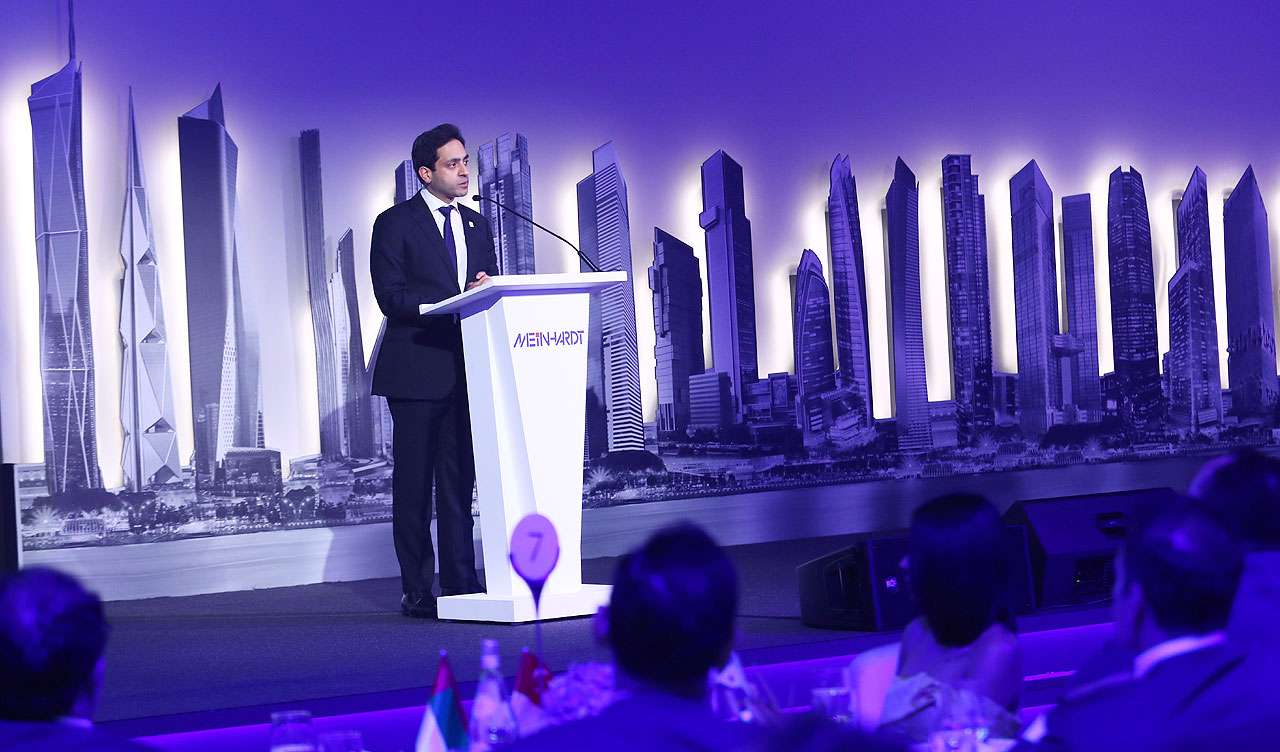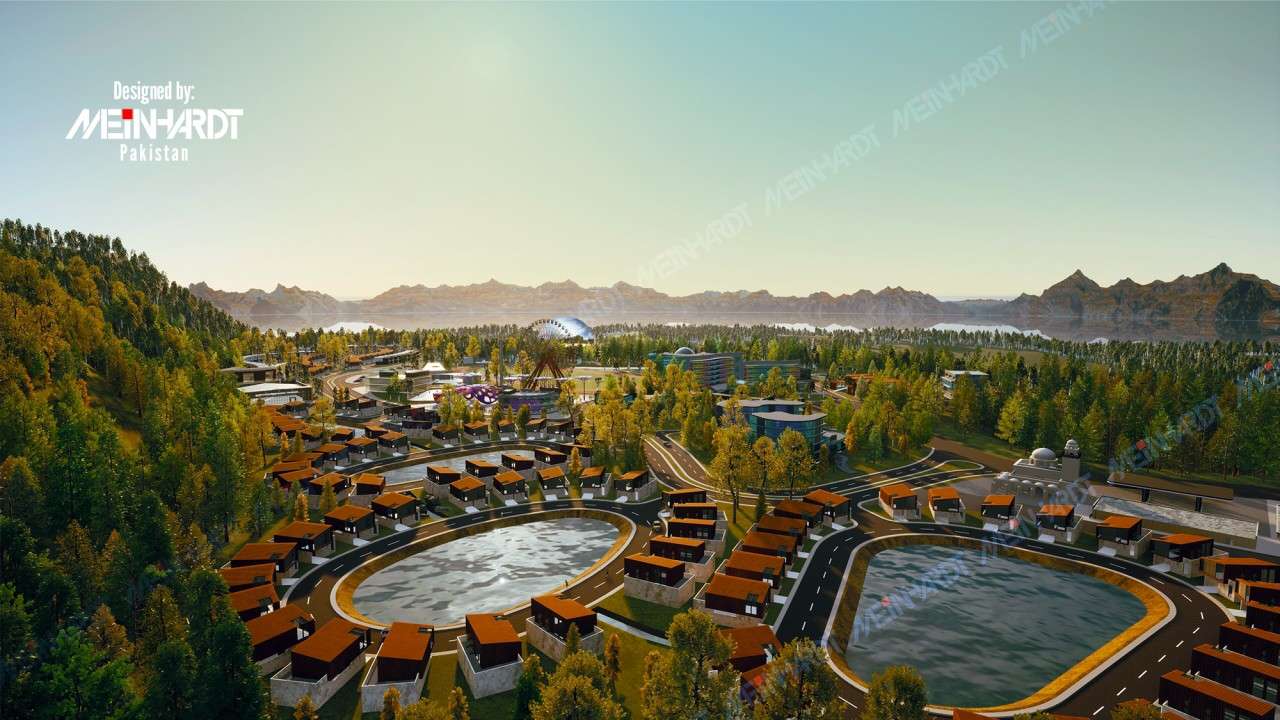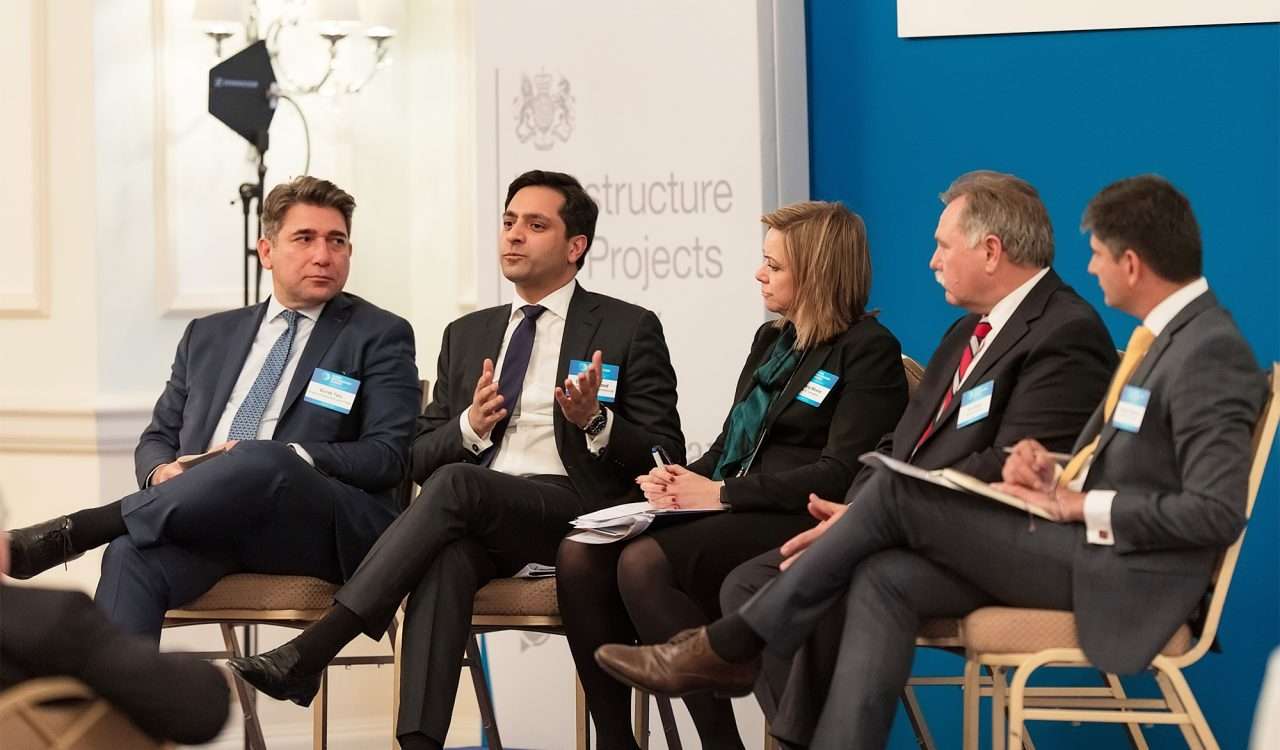As we navigate the complexities of the 21st century, it has become increasingly clear that our global infrastructure needs a radical transformation. The status quo is no longer sustainable, and the imperative for change has never been more pressing.
As a seasoned expert in infrastructure development, I firmly believe that innovation holds the key to unlocking a brighter, more sustainable future for our planet. In this blog post, I’ll explore the intersection of innovation and infrastructure, highlighting the opportunities, challenges, and solutions that are shaping the future of our built environment.
The Imperative for Change
The world’s population is projected to reach 9.7 billion by 2050, placing unprecedented pressure on our global infrastructure. Climate change, urbanization, and technological disruption are just a few of the factors that are redefining the infrastructure landscape.
To meet these challenges, we need to rethink our approach to infrastructure development. Business-as-usual is no longer an option. Instead, we must harness the power of innovation to create sustainable, resilient, and adaptable infrastructure that supports the needs of both people and the planet.
The Role of Innovation in Infrastructure Development
Innovation is not just about technology; it’s about a mindset that embraces experimentation, creativity, and collaboration. In the context of infrastructure development, innovation can take many forms:
– Sustainable materials and design: Using cutting-edge materials and design principles to create infrastructure that minimizes environmental impact and maximizes social benefits.
– Digital twins and smart infrastructure: Leveraging digital technologies to create virtual replicas of physical infrastructure, enabling real-time monitoring, predictive maintenance, and optimized performance.
– Modular and prefabricated construction: Adopting modular and prefabricated construction techniques to reduce waste, increase efficiency, and improve quality.
Case Studies and Success Stories
Around the world, innovators are pushing the boundaries of what’s possible in infrastructure development. Here are just a few examples:
– Singapore’s Smart Nation Initiative: This ambitious program is harnessing digital technologies to create a more sustainable, efficient, and livable city-state.
– The Netherlands’ Floating Infrastructure: The Dutch are pioneering the use of floating infrastructure to adapt to rising sea levels and create more sustainable urban environments.
– India’s Smart Cities Mission: This flagship program is leveraging technology and innovation to create more livable, sustainable, and resilient cities across India.
Conclusion
The future of global infrastructure will be shaped by innovation, sustainability, and collaboration. As we move forward, it’s essential that we prioritize these values and work together to create infrastructure that supports the needs of both people and the planet.
I hope this blog post has provided valuable insights into the intersection of innovation and infrastructure. If you have any thoughts or comments, please don’t hesitate to share them.



